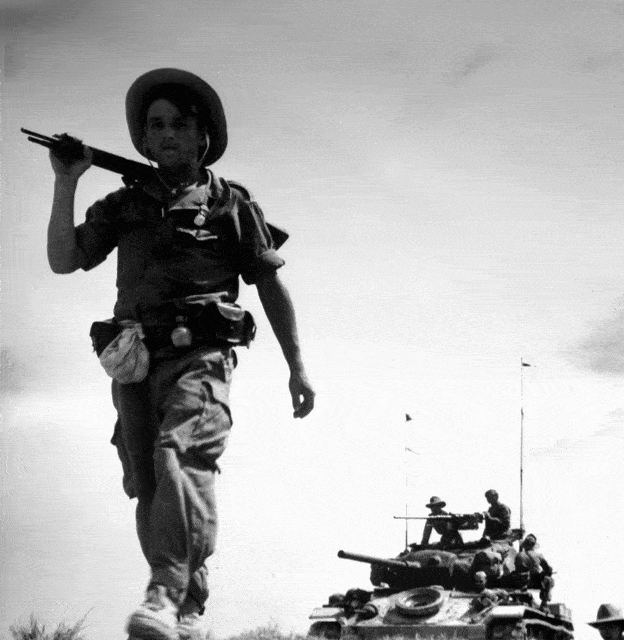With the exception of the Civil War no event in American history divided the nation as much as did the prolonged bloody conflict in Vietnam. American combat involvement was primarily between the assassination of John Kennedy and the Watergate Scandal, and the American public’s distrust of its leaders grew exponentially as it learned of the false information it was being provided over the course of the war. America first became ensnared in Vietnam during the administration of Harry Truman, providing financial support to the French, a fact not made public until decades later. Military advisers from the United States were dispatched by Eisenhower, expanded under Kennedy, and combat troops landed under Johnson.
It was, until the United States became mired in Afghanistan, the longest war in American history, though it was never a declared war. It was fought under executive authority given the President through the Gulf of Tonkin Resolution, itself a document based on falsehood. More bomb and artillery tonnage was poured into Vietnam than was on all Axis powers of World War II combined, including the two atomic bombs dropped on Japan. Yet many Americans still believe that the troops in Vietnam weren’t allowed to fight the war as the military wanted, and that the politicians in Washington restrained them. That is one of the many myths of American involvement in Vietnam.
Here are some more myths and false beliefs about the Vietnam war.

US involvement began with the Gulf of Tonkin Incident
When the Japanese surrendered at the end of the Second World War the French moved quickly back into Southeast Asia with the intent of re-establishing their pre-war imperial possessions. For more than seven years the French troops were resisted by the Viet Minh, insurgents led by Ho Chi Minh, and the People’s Army of Vietnam. China recognized Ho’s government in Hanoi, but the French claimed control of Vietnam from their capital at Saigon. By 1949 the Vietnamese insurgents and the People’s Army were armed with weaponry from China and the Soviet Union, both of which had been America’s allies four years earlier. The French received support of the United States, in the form of money to buy American made weapons and aircraft.
The French were soundly defeated in Indochina and at the Geneva Conference in 1954 the French government agreed to cede control of the portion of Vietnam north of the 17th parallel to the Viet Minh under Ho Chi Minh. South of the parallel control would be under a government established by Bao Dai. The Eisenhower administration condemned the agreement, as did Bao Dai’s government of the State of Vietnam. The French withdrew from Indochina. Bao Dai’s government was run by his Prime Minister, Ngo Diem.
The Geneva Accords called for a general election to be held in Vietnam in 1956. Diem refused to hold them, based on the influx of refugees from the North, many of whom were Catholics who didn’t want to live under communist rule. Diem announced that South Vietnam had not been a signatory to the Accords and thus was not bound by them. The United States, which had formerly backed the French, backed Diem with both money and military advisers to train the South Vietnamese Army. At the same time many of the Viet Minh loyal to Ho did not withdraw North of the 17th parallel as required under the Accords.
According to the Department of Defense study known as the Pentagon Papers, the Eisenhower administration, through the use of the CIA and military advisers, supported Diem as he consolidated power in the South. Diem, a Catholic, used the military to destroy his opposition from the communists and the Buddhists. A new constitution was produced which gave Diem almost absolute power as the ruler of the Republic of Vietnam. In 1959 Diem held legislative elections, which were rigged by threatening the arrest of non-supportive candidates and sending Army troops into different districts to vote for Diem supporters.
In 1960, with the support of Hanoi, the Viet Cong (National Liberation Front or NLF) was established with the expressed intent of overthrowing the Diem government. American financial and military support of the Diem regime increased. In the early days of the Kennedy administration Vice President Johnson went to Saigon and assured Diem of continuing American support. Despite the American commitment Diem grew distrustful of the growing American military presence in Vietnam, believing that the United States was there to act in its own interest rather than his.

